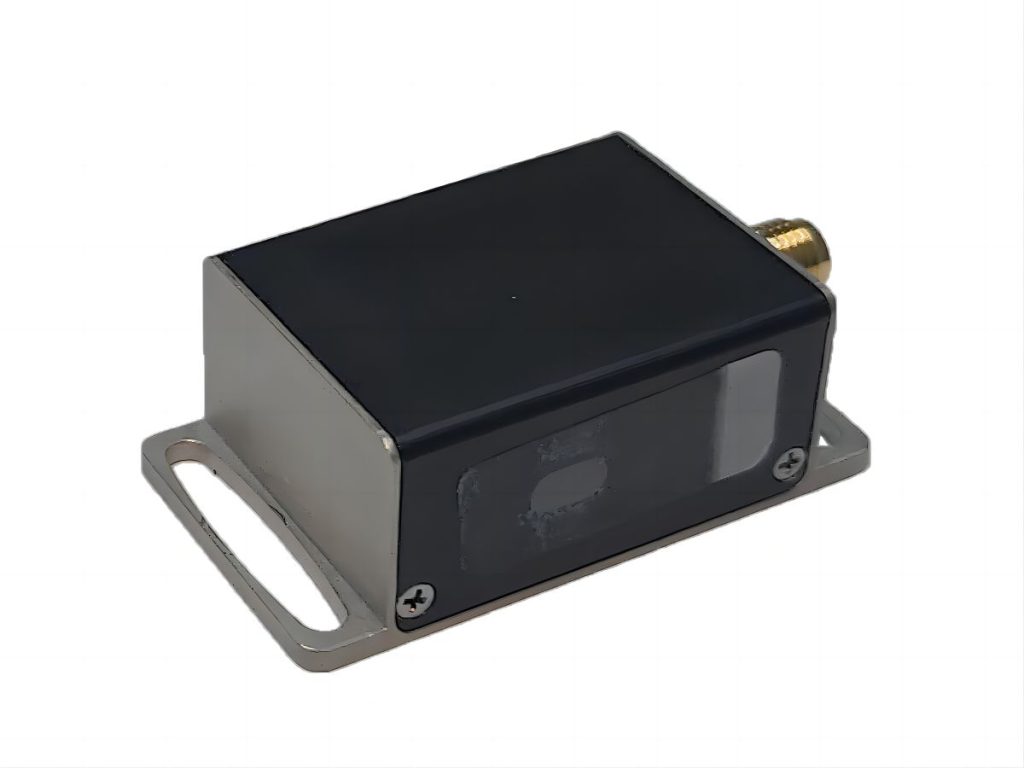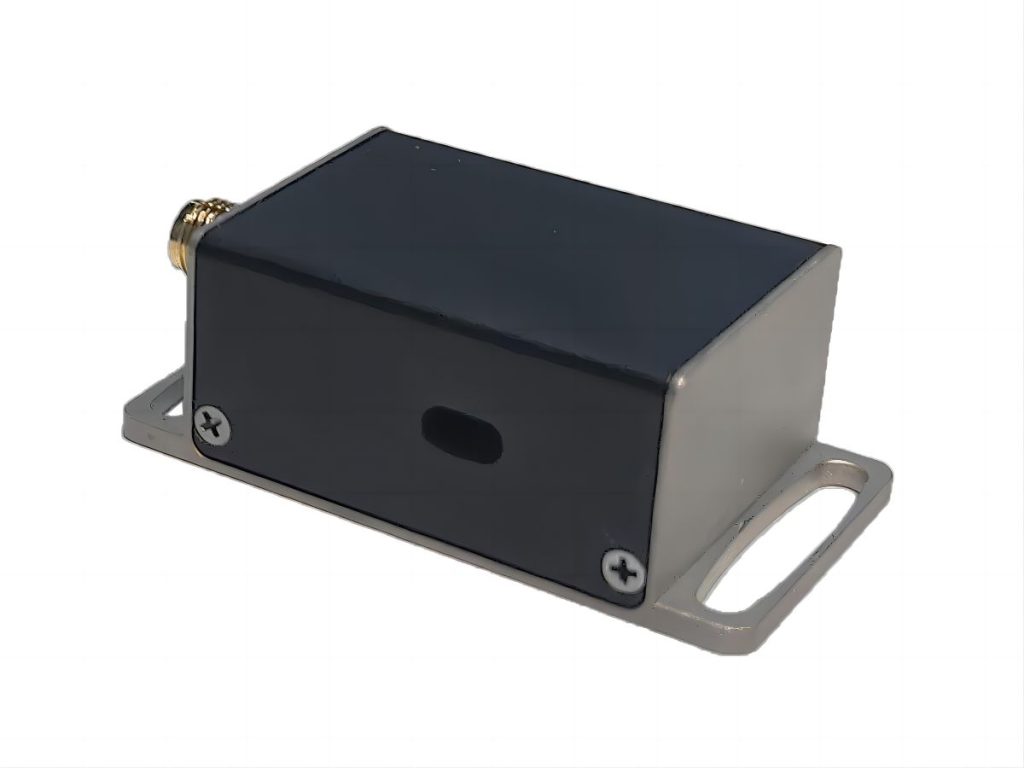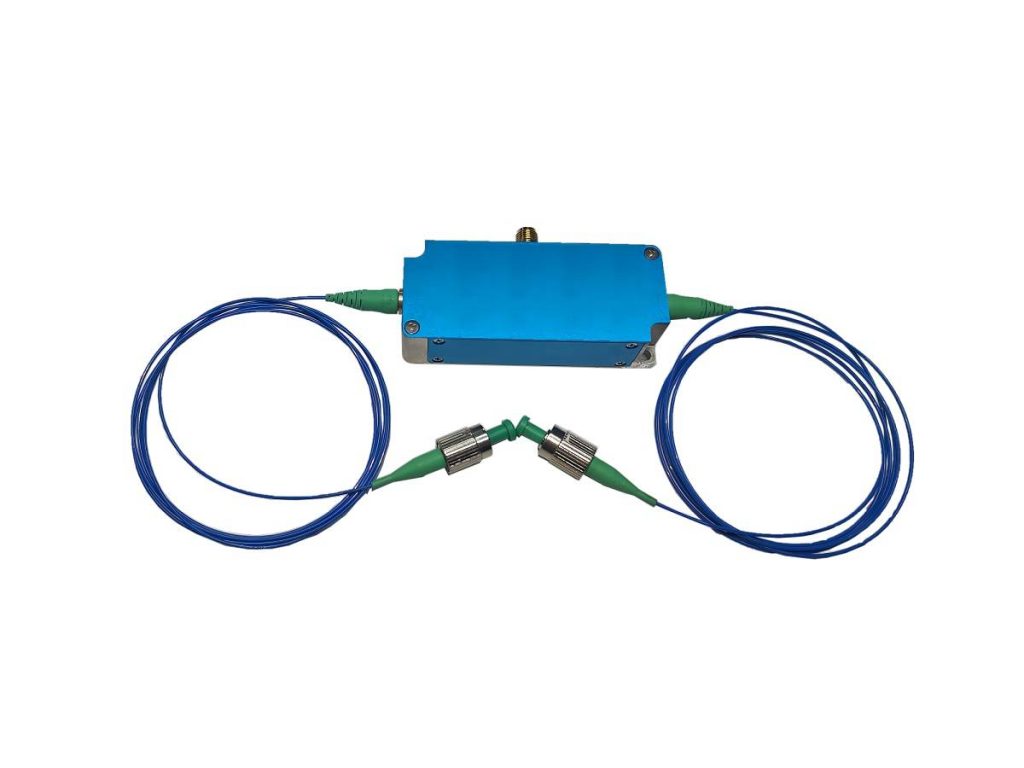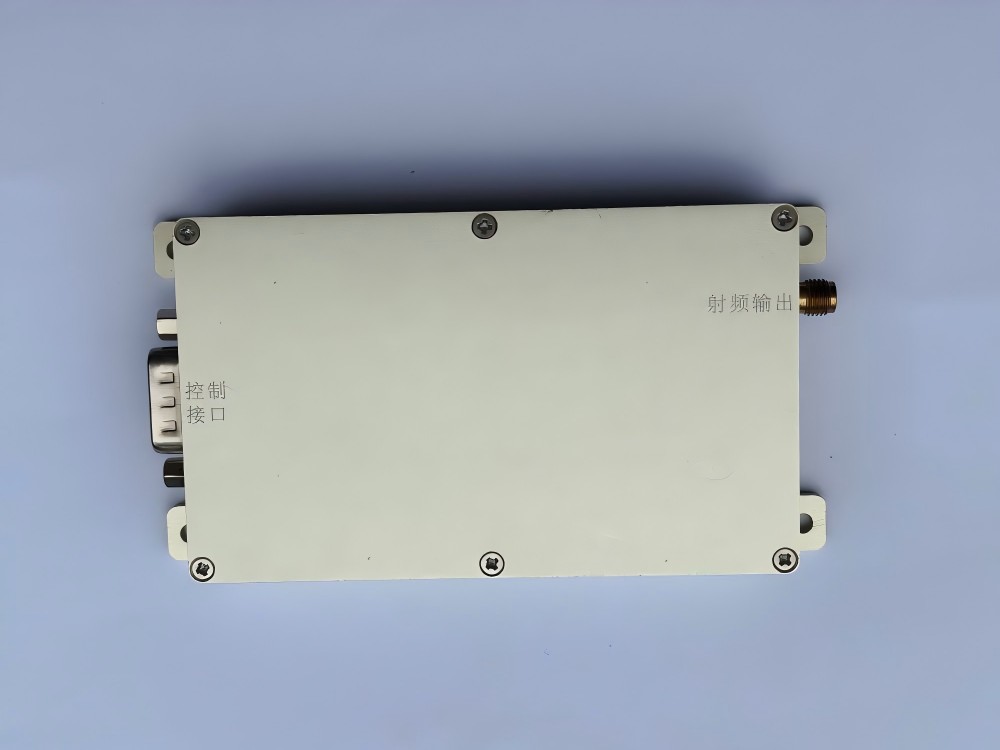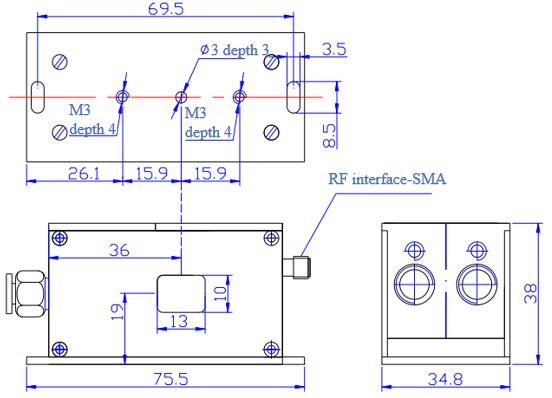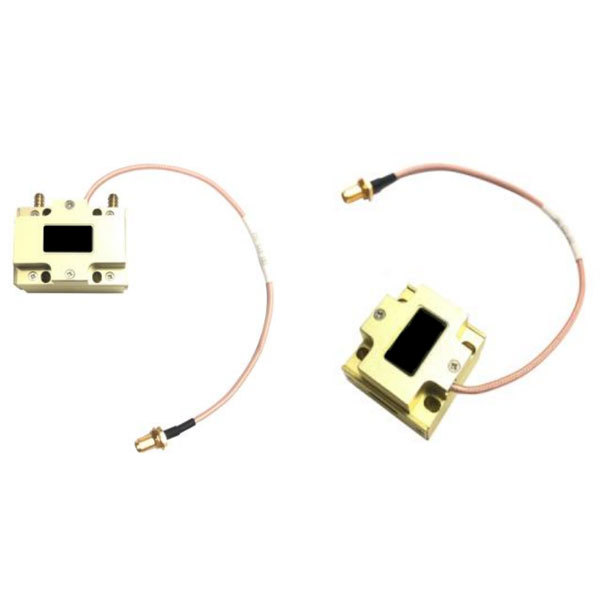Electro-Optic vs. Acousto-Optic Q-Switch: Which is Better for Your Laser?
Q-switching plays a pivotal role in optimizing laser performance by producing high-intensity pulses with great intensity. There are multiple types of Q-switches used – Electro-Optic Q-Switch and Acousto-Optic Q-Switch are among the most commonly utilized options, yet which one is right for your laser system? Let’s discuss their differences and applications further below.
What is Q-Switching in Laser
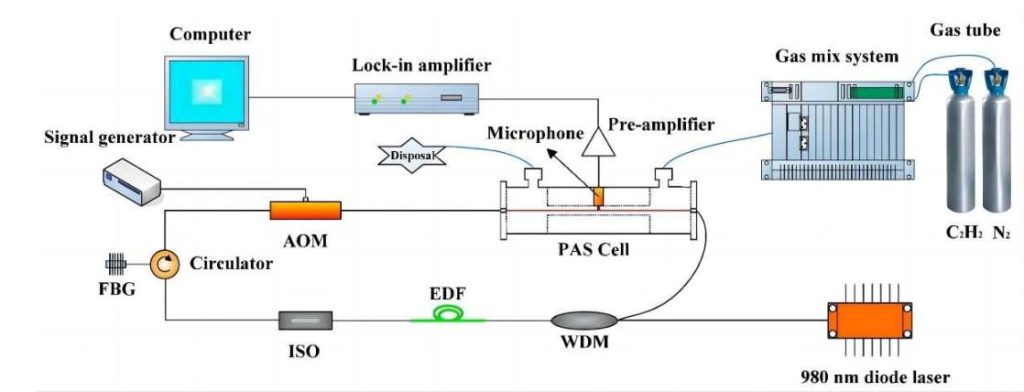
Q-switching is an increasingly common technique used by lasers to generate short, high intensity pulses. “Q” refers to the quality factor of their cavity, which determines energy storage efficiency; by temporarily decreasing Q, energy can be stored within the gain medium, then released as powerful short pulses when its Q is restored – providing powerful short bursts with energy storage efficiency of nearly 100%!
Q-switching is essential in applications requiring high peak power, including material processing, laser marking, medical procedures, and military systems. There are two primary types of Q-switches used: Electro-Optic and Acousto-Optic, each offering its own advantages and drawbacks that make them suitable for specific laser systems.
Electro-Optic Q-Switch
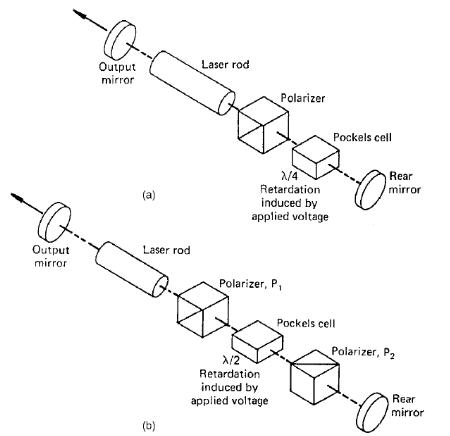
An Electro-Optic Q-switch works by using a voltage-controlled crystal, such as lithium niobate (LiNbO3) or potassium dideuterium phosphate (KD*P), to rapidly modulate a laser cavity’s Q factor. By applying high voltage, this crystal changes light polarization, acting like an optical switch that either transmits or blocks laser beam transmission allowing precise control over pulse generation – perfect for applications requiring extremely short, high energy pulses.
- Electro-Optic Q-switches’ strength lies in their nanosecond switching speed, which enables intense laser pulse production with minimum timing jitter.
- These filters feature an extremely high extinction ratio, meaning they completely cut light transmission when activated – essential to optimizing energy storage in gain media.
- As they utilize electronic processes instead of mechanical ones, electronic inductors experience minimal thermal effects, making them suitable for high-power environments.
However, Electro-Optic Q-switches require high voltage drivers – typically in the kilovolt range – which can make system design more complicated and increase costs, and may be susceptible to optical damage at very high power levels compared with their acousto-optic counterparts. Yet their speed and precision still make them the preferred option when applied in low repetition-rate, high peak power laser applications like scientific research, rangefinders or precision material processing applications.
Acousto-Optic Q-Switch
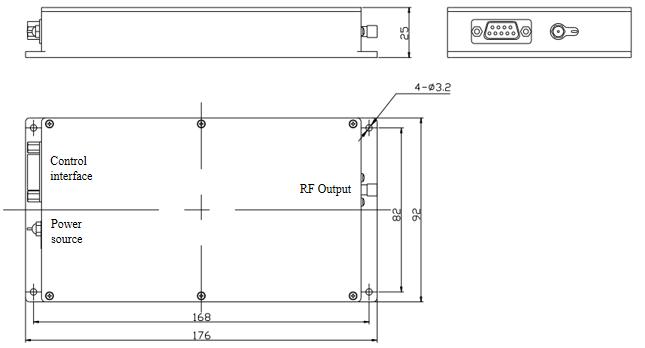
An Acousto-Optic Q-Switch uses sound waves to modulate laser light. It consists of a crystal made of fused silica or tellurium dioxide attached to a piezoelectric transducer; when an RF signal is applied, these ultrasonic waves travel through the crystal and create periodic refractive index variations which act like diffraction gratings, scattering light out of its laser cavity while increasing losses; however when power is suddenly removed this diffraction grating will dissolve, releasing stored energy back as short, high-powered pulses.
- Acousto-Optic Q-switches are well-regarded for their high repetition rates, making them suitable for applications such as laser marking and micromachining that demand frequent pulsing.
- Since they operate at relatively low RF voltages (usually in the range of 10s of Watts), low voltage Electro-Optic switches are more energy-efficient and easier to implement than their high-voltage counterparts.
- Furthermore, these rugged switches tend to be highly durable with reduced risk of optical damage making them perfect for industrial settings.
However, Acousto-Optic Q-switches also present certain drawbacks; their switching speed (microseconds vs nanoseconds) limits peak power in certain cases while they display lower extinction ratio (some light leakage can still happen even when “off”) than its Electro-Optic counterparts; nonetheless they remain an attractive choice among solid state and fiber laser users due to their reliability, cost-efficiency and high repetition-rate capability.

Electro-Optic vs. Acousto-Optic Q-Switch
To help you decide which Q-switch is best for your laser system, here’s a concise comparison:
| Parameter | Electro-Optic (EO) Q-Switch | Acousto-Optic (AO) Q-Switch |
| Switching Speed | Nanoseconds (faster) | Microseconds (slower) |
| Repetition Rate | Low to medium (Hz – kHz) | High (kHz – MHz) |
| Extinction Ratio | High (better contrast) | Moderate (some light leakage) |
| Drive Voltage | High (kV range) | Low (RF signal) |
| Durability | Sensitive to optical damage | More robust, handles higher average power |
| Thermal Effects | Minimal | Can be affected at very high power |
| Cost | Higher | Lower |
| Best Applications | High-energy pulses (e.g., Nd:YAG, rangefinders) | High-repetition pulses (e.g., fiber lasers, laser marking) |
This table summarizes the critical differences—helping you choose the right Q-switch for your laser’s performance needs.
Which is Better for your laser?
Choosing between an Electro-Optic (EO) and Acousto-Optic (AO) Q-Switch depends on your laser’s pulse requirements, power levels, and operational conditions.
When to Use an Electro-Optic Q-Switch
If your application requires ultra-short, high-energy pulses with precise timing, an Electro-Optic Q-Switch is the optimal solution. Its nanosecond switching speed and high extinction ratio make it the ideal solution for:
Low repetition-rate lasers (e.g., rangefinders or laser-induced breakdown spectroscopy), or applications where precise timing of laser pulses is crucial, like rangefinders or laser-induced breakdown spectroscopy.
Military lasers, nonlinear optics, scientific research, and precision ablation systems that require minimal leakage are ideal applications of Electro-Optic Q-switches. However, as they require a high voltage driver, they may not be suitable for compact or cost-sensitive systems.
When to Use an Acousto-Optic Q-Switch
For high-repetition-rate lasers, an Acousto-Optic Q-Switch is more practical. Its ability to operate at kHz to MHz frequencies without high voltage makes it perfect for:
Industrial lasers (e.g., marking, engraving, micromachining)
Fiber and DPSS lasers need stable, repetitive pulsing
Applications where durability and lower cost are priorities
While Acousto-Optic Q-switches have a slightly slower response and lower extinction ratio, they excel in continuous or high-duty-cycle operations.
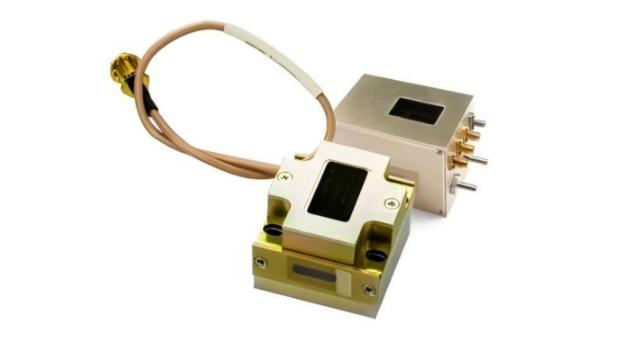
Generally speaking, Electro-Optic Q-switches excel in high-energy, low-repetition applications. Acousto-Optic Q-switches are better for high-speed, repetitive-pulse lasers.
Summary
Choosing between Electro-Optic and Acousto-Optic Q-switches depends on your laser’s needs. Electro-Optic offers fast, high-energy pulses for low-repetition applications, while Acousto-Optic supports high repetition rates with better durability. For peak power, go with Electro-Optic; for rapid pulsing, Acousto-Optic is ideal. Match the Q-switch to your laser’s operational demands for optimal performance.

